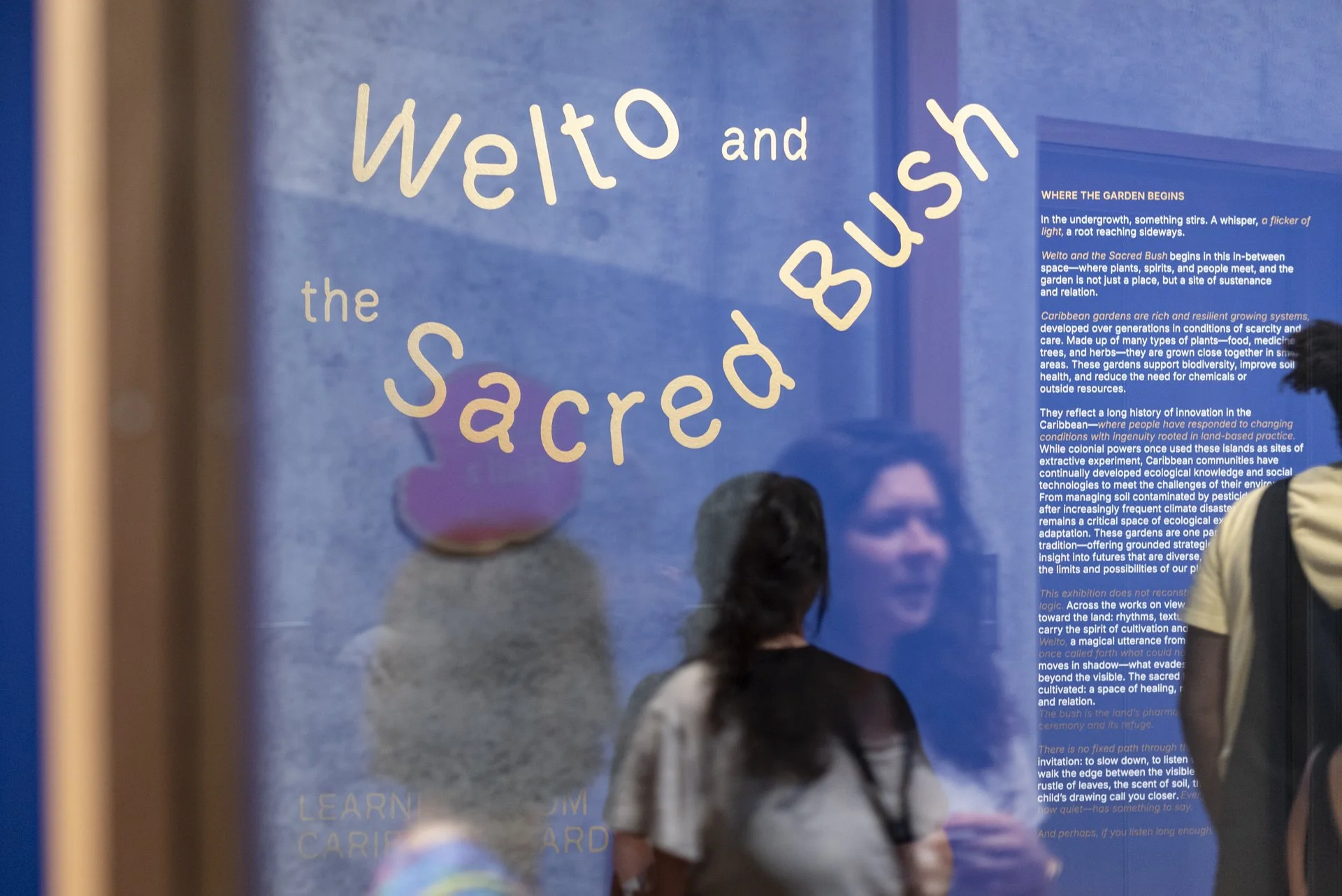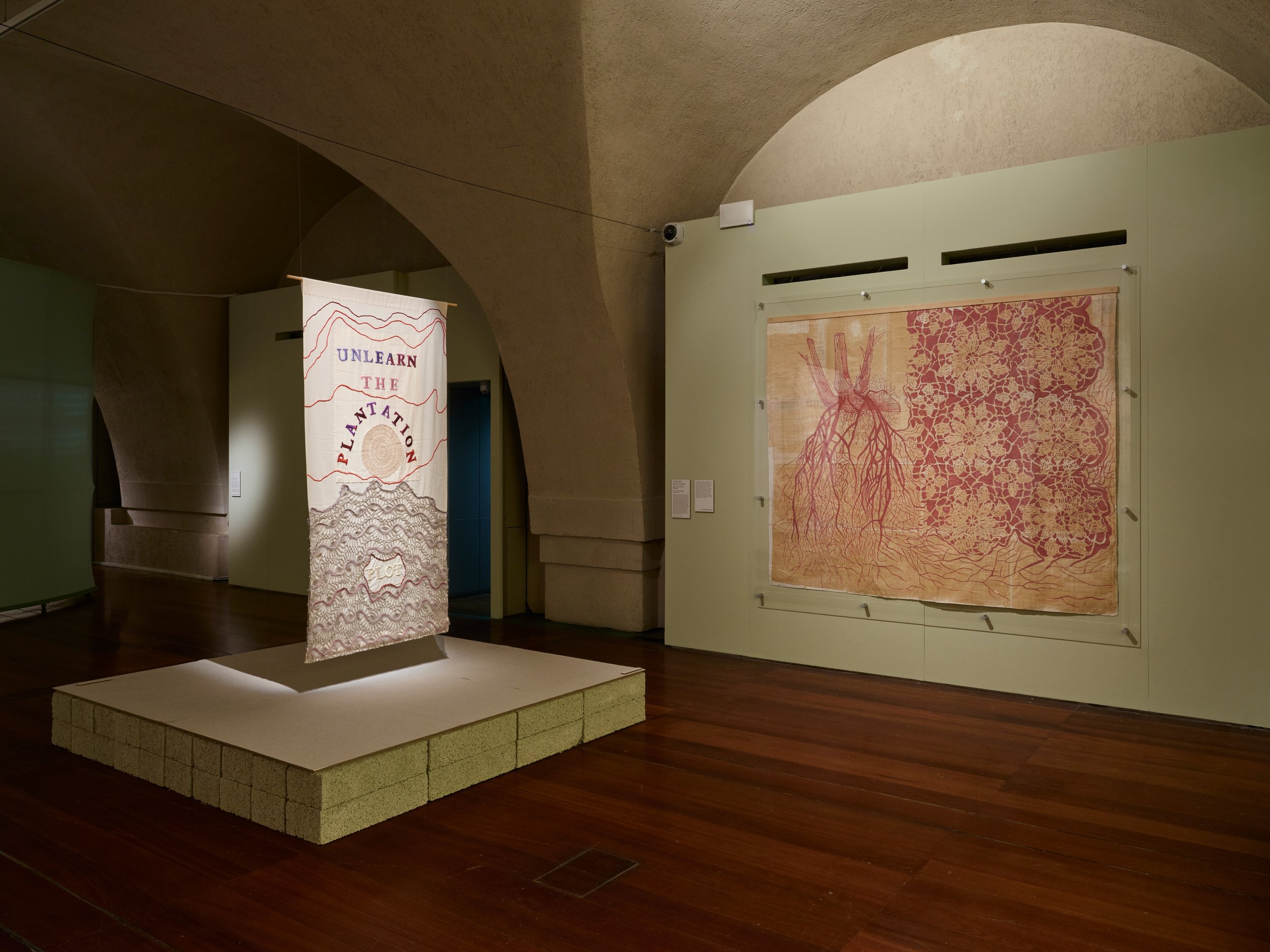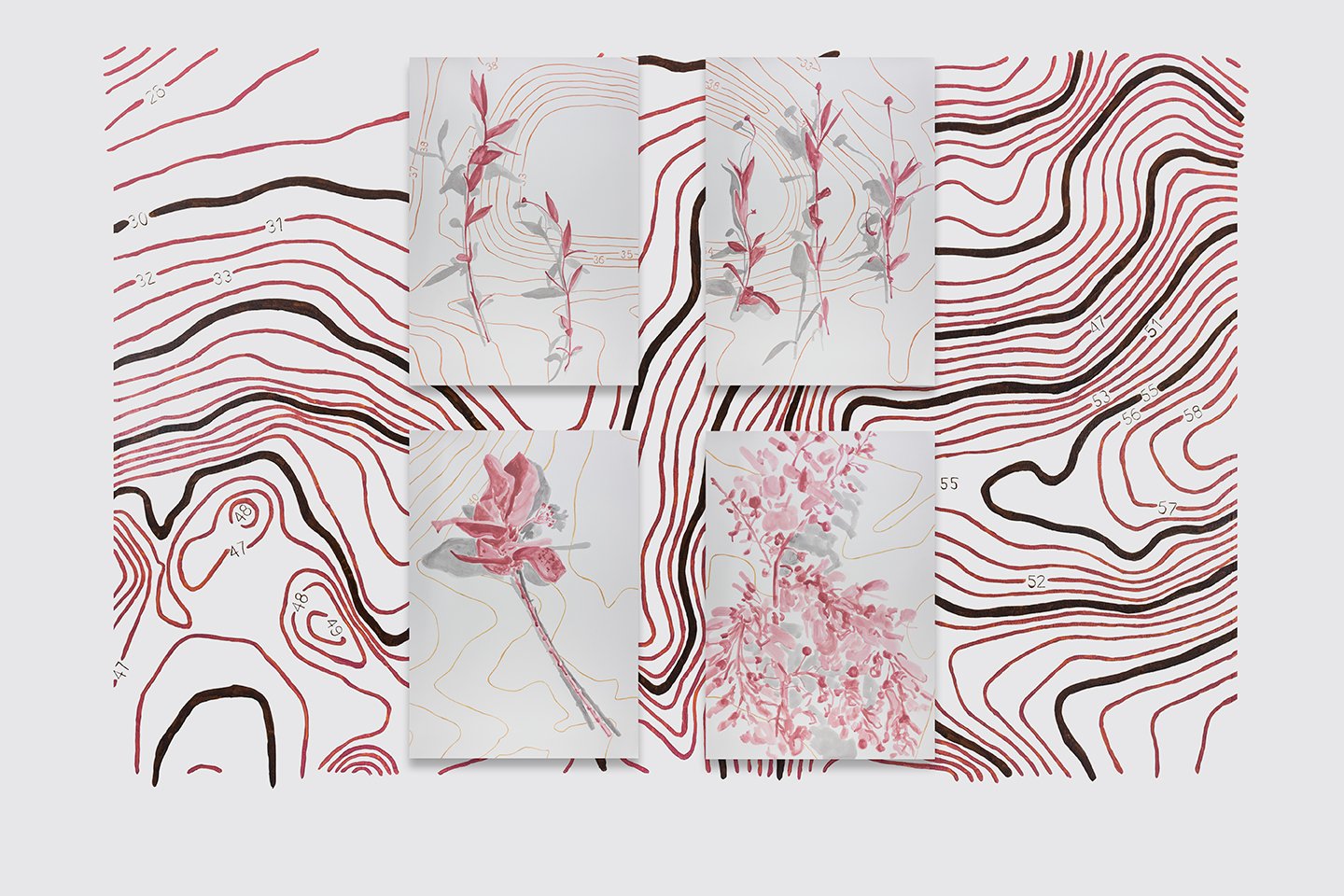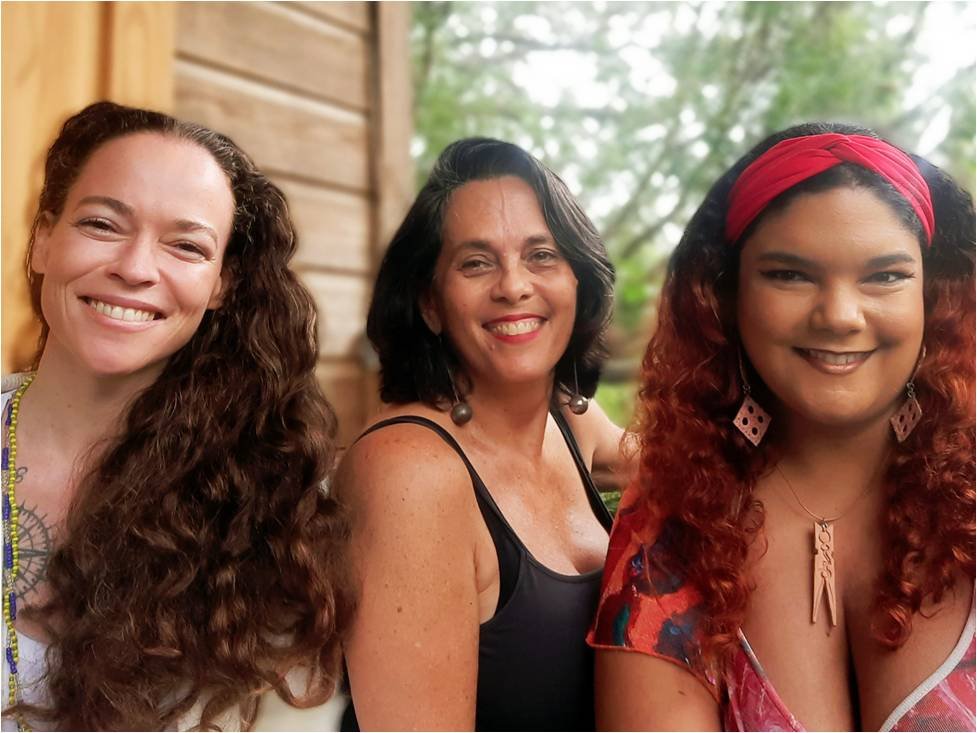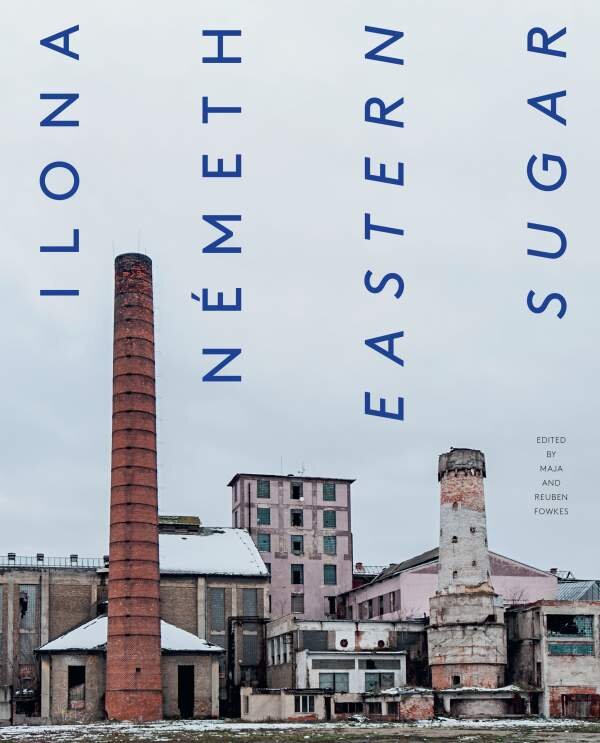
Annalee Davis is a visual artist, cultural instigator, educator and writer, with a hybrid practice.
FEATURED WORK

FEATURED PUBLICATIONS
Serving as an engine for global modernity, the Caribbean has been constituted by histories of transatlantic slavery, indentured servitude, and anti-colonial struggle, as well as inter- and intra-regional migrations…
“Curatorial approaches across the Caribbean region have often been vehicles for challenging and dismantling exclusionary global frameworks in visual art engagement. Nestled within this, have been artist-led platforms in the Anglophone Caribbean, such as Fresh Milk, ARC Magazine and Sour Grass, and the collaborative projects that stem from them. Such initiatives have arguably endeavoured to engage diverse archipelagic connections and expand self-determination in Caribbean visual languages, exploring new approaches to curatorship.”
Despite a long tradition of plantation archaeology in the Caribbean, there has been little engagement between archaeologists in contemporary Caribbean artists who similarly think with and through material culture. We here outline an interdisciplinary project that incorporates archaeological and artistic practice as a lens through which to understand the history of plantation slavery in Barbados and the significance of its material vestiges in the present.
“While sugar offers some commonalities between the Caribbean and Eastern Europe, specifically through capitalism and entry to European markets, our initial relationship to its production and continued impact on our societies is markedly different. “
To be native to a place we must learn to speak its language.
The land knows you, even when you are lost.
